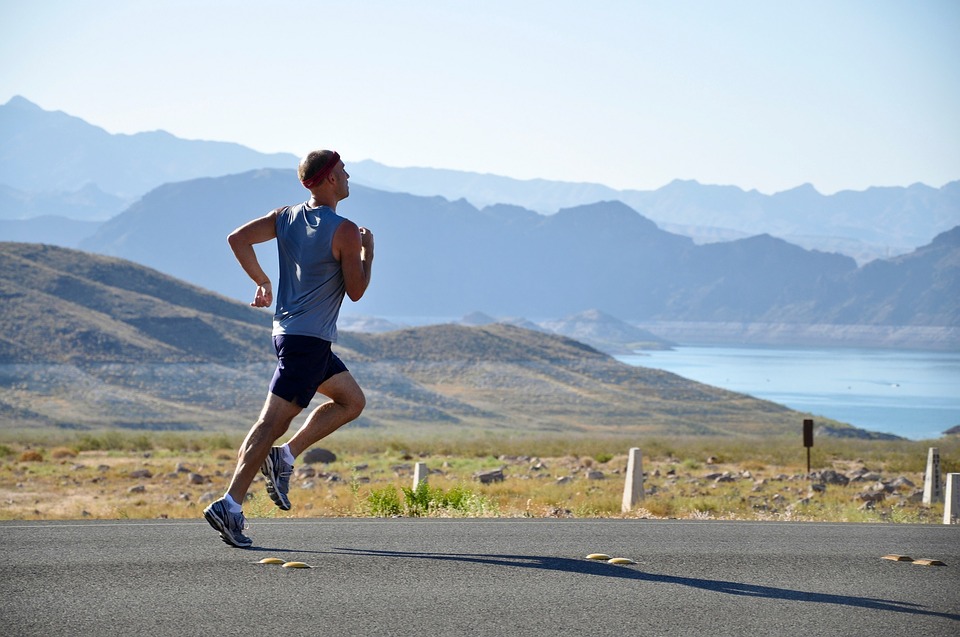
Sitting all day? Good news, 2-minute workouts to your rescue

A new study published in Nature Medicine shows that even tiny quantities of ordinary activities like climbing stairs or running for a bus, if done more energetically, can have long-lasting health benefits.
For all those whose occupations force them to sit in a chair for long periods daily, this is excellent news.
The World Health Organization (WHO) states that at least 25 per cent of adults do not get enough physical activity. Inactivity and sedentary lifestyles have a 20 to 30 per cent greater risk of premature death compared to more active lifestyles.
Also read: Children need more physical activity, says global survey among parents
Vigorous intermittent activity
New research carried out by an international team at the University of Sydney in Australia suggests “vigorous intermittent lifestyle physical activity” (VILPA) can help reduce that risk significantly, and lead to longer life spans.
The study shows that three to four 1-minute bouts of vigorous motion can lower all-cause and cancer-related death risks by up to 40 per cent. It also suggests that short periods of brisk activity like power walking can reduce cardiovascular disease-related mortality by up to 49 per cent.
“Our study shows similar benefits can be achieved by increasing the intensity of incidental activities done as part of daily living — and the more the better,” said Dr. Emmanuel Stamatakis, professor of physical activity, lifestyle, and population health at the University of Sydney’s Charles Perkins Centre, who led the study.
‘All activity matters’
Researchers emphasize that “all activity matters,” irrespective of location and length.
According to Dr Stamatakis, VILPA might be more feasible than regular exercise for adults who are not fit or active “because it requires a minimal time-commitment and involves no specific preparation, equipment or access to facilities.”
However, though VILPA is impressive, Dr Stamatakis encourages intentional exercise for middle and older-age adults.
“People who already have an established and regular routine of leisure-time exercise should stick to it, and treat VILPA as complementary to their regular routine, not as a replacement of exercise,” he said.
Benefits of regular exercise
David Brown, a senior behavioural scientist with the Centers for Disease and Control and Prevention (CDC), in a March 2020 podcast, spoke of the many benefits of regular exercise for older adults.
Also read: Recommended levels of physical activity linked to lower cancer risk: Study
“Physical activity can help us feel better, age better, and improve our quality of life so we can keep doing the things we enjoy. Benefits include improved muscle strength, bone health, and physical function which are especially important for helping older adults prevent falls and maintain independence for as long as possible,” Brown said.
He also mentioned that people aged 65 and older should follow a schedule of aerobic, balance, and muscle-strengthening exercises.
Morning exercise better
Another study, using data from the UK Biobank, has shown that performing physical activity in the morning, between 8 and 11 am, appears to be associated with a lower risk of cardiovascular disease (CVD), particularly coronary artery disease (CAD) and stroke, in adults than engaging in physical activity at other times of the day.

